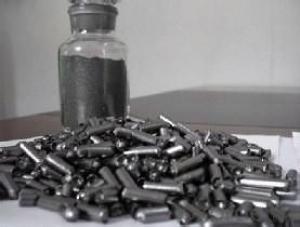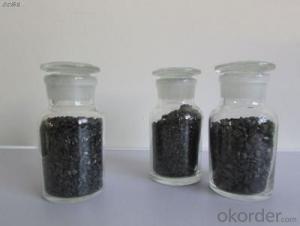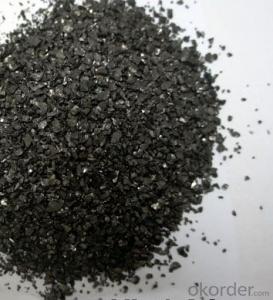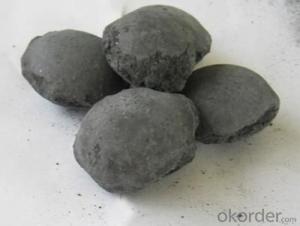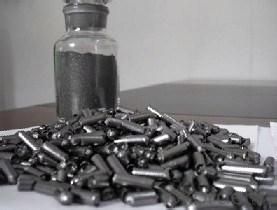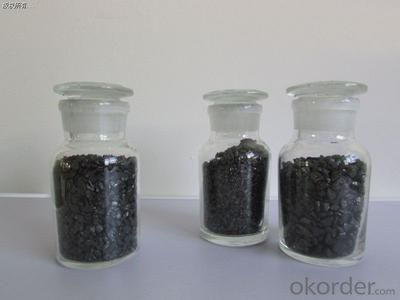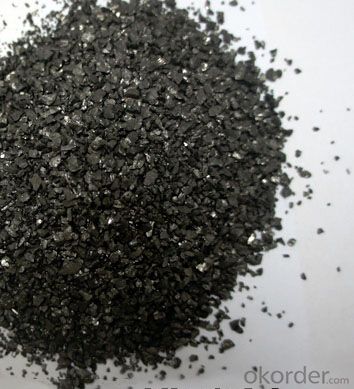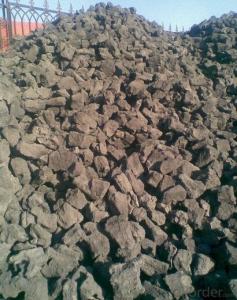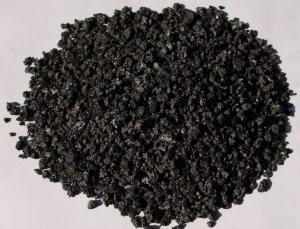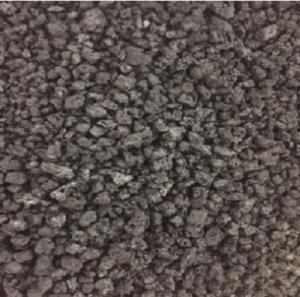Recarburizer of Graphitized Petroleum Coke
- Loading Port:
- Qingdao
- Payment Terms:
- TT OR LC
- Min Order Qty:
- 10 m.t
- Supply Capability:
- 300000 m.t/month
OKorder Service Pledge
OKorder Financial Service
You Might Also Like
Recarburizer Application:
- Lower the impurities in the cast iron,
- Choose the right recarburizer can lower the casting cost.
- Recarburizer is essential auxiliary additives for production of high quality steel .
- Also it can can be used as additive for produce other product like brake pad used as friction materials;
- High quality recarburizer is after graphitizing process,under high temperature,the arrangement of carbon atoms in microstructure of graphite.
so call it graphitization ,graphitizing can lower the impurities in recarburizer, increase the carbon content, lower the sulfer content.
Product categories:
At present China have 3 Type Recarburizer:
- Graphite powder ,the dust power of graphite electrode
- Calcined Petroleum Coke part of domestic steel factory use it as recarburizer.
- Graphitized Petroleum Coke ,as recarburizer used for steel casting
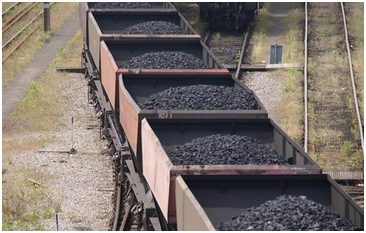
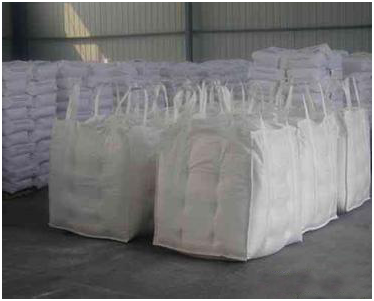
- Q: How is carbon used in the production of ceramics?
- Carbon is used in the production of ceramics as a key component in the creation of carbon-based materials, such as carbon fibers or carbon nanotubes, which can be incorporated into ceramic matrices to enhance their mechanical properties, electrical conductivity, and thermal stability. Additionally, carbon can also be utilized as a reducing agent in certain ceramic processes, such as the production of silicon carbide, where it reacts with oxygen to remove impurities and stabilize the ceramic structure.
- Q: What are the advantages of carbon-based solar cells?
- Carbon-based solar cells possess numerous advantages that make them an encouraging technology for the production of renewable energy. To begin with, their lightweight and flexible nature imbue them with high versatility, enabling deployment in a variety of ways. They can be seamlessly integrated into surfaces such as building facades, windows, and even garments, thereby expanding the potential for solar energy generation. Furthermore, carbon-based solar cells boast a minimal environmental impact compared to their silicon-based counterparts. The manufacturing process for carbon-based solar cells typically entails lower energy consumption and the use of fewer toxic materials, thus reducing the overall carbon footprint of the technology. Moreover, they possess a shorter energy payback time, surpassing the point at which they generate more energy than is required for their production at a faster rate than silicon-based solar cells. Another advantage lies in the potential for low-cost manufacturing of carbon-based solar cells. Carbon-based materials such as organic polymers or perovskites can be produced using cost-effective techniques like solution processing or printing methods. This scalability and affordability render carbon-based solar cells an appealing choice for large-scale deployment, thereby expediting the global adoption of solar energy. Additionally, carbon-based solar cells exhibit the potential for enhanced performance in low-light conditions. By virtue of their unique properties, including the ability to absorb a broader spectrum of light wavelengths, they are capable of generating electricity even in overcast or indoor environments. Consequently, carbon-based solar cells find applicability in a wider array of contexts, encompassing indoor electronics, wearable devices, and integration into urban infrastructure. Lastly, the biodegradable nature of certain carbon-based materials employed in solar cells renders them more environmentally friendly. As the world progresses towards a circular economy and endeavors to implement sustainable solutions, the capacity to recycle or dispose of solar cells without causing harm to the environment assumes increasing significance. In conclusion, carbon-based solar cells offer a range of advantages, such as flexibility, minimal environmental impact, low-cost manufacturing, enhanced performance in low-light conditions, and biodegradability. These advantages position them as a promising technology for realizing a sustainable and universally accessible future powered by solar energy.
- Q: What is carbon black pigment?
- Carbon black pigment is a finely divided form of carbon that is primarily used as a coloring agent in various applications. It is produced by the incomplete combustion or thermal decomposition of hydrocarbons, such as coal tar, petroleum, or natural gas. The resulting carbon black particles are extremely small and have a high surface area, which gives them unique properties. Carbon black pigment is known for its intense black color, high tinting strength, and excellent UV stability. It is widely used in the production of inks, paints, coatings, plastics, rubber, and various other materials. The pigment particles disperse well in these mediums, providing a deep and uniform black coloration. In addition to its coloring capabilities, carbon black pigment also offers several other desirable properties. It enhances the durability, weather resistance, and electrical conductivity of materials. It can also improve the UV resistance and absorption properties of coatings and plastics, making them more resistant to fading and degradation caused by sunlight exposure. Moreover, carbon black pigment is chemically inert and does not react with other substances. This makes it suitable for use in a wide range of applications without causing any undesired chemical reactions. It is also non-toxic and has a low environmental impact, making it a preferred choice for many industries. Overall, carbon black pigment is a versatile and widely used additive that provides deep black coloration, durability, and enhanced performance to a variety of materials. Its unique properties make it an essential component in numerous industries, contributing to the production of high-quality products.
- Q: How do plants and trees absorb carbon dioxide?
- Plants and trees absorb carbon dioxide through a process called photosynthesis. During photosynthesis, they use sunlight, water, and chlorophyll to convert carbon dioxide into glucose and release oxygen as a byproduct. This helps in reducing the amount of carbon dioxide in the atmosphere and contributes to maintaining a balance in the Earth's carbon cycle.
- Q: What are the effects of carbon emissions on the stability of coastal ecosystems?
- Carbon emissions have significant effects on the stability of coastal ecosystems. One of the primary consequences is ocean acidification, which occurs when excess carbon dioxide dissolves in seawater and lowers its pH. This acidification has detrimental effects on various marine organisms, particularly those that rely on calcium carbonate to build their shells, such as corals, oysters, and some types of plankton. As the water becomes more acidic, it becomes harder for these organisms to form and maintain their protective structures, leading to reduced growth rates, weakened shells, and increased vulnerability to predation and disease. Furthermore, carbon emissions contribute to global warming, resulting in rising sea levels and increased storm intensity. Coastal ecosystems, such as mangroves, salt marshes, and seagrass beds, act as buffers against storm surges and provide crucial habitat for many species. However, with rising sea levels, these ecosystems are at risk of being submerged, leading to the loss of their protective functions and the displacement of numerous plant and animal species. Additionally, climate change caused by carbon emissions alters ocean currents and disrupts the balance of nutrients in coastal waters. This can lead to changes in the distribution and abundance of marine species, affecting the entire food web. For instance, if certain species that serve as a food source or a predator are negatively impacted, it can cause a ripple effect throughout the ecosystem. Such disruptions can lead to reduced biodiversity, loss of key species, and ultimately, the collapse of entire coastal ecosystems. Overall, carbon emissions have far-reaching and detrimental effects on the stability of coastal ecosystems. It is crucial to reduce carbon emissions and mitigate the impacts of climate change to protect these fragile ecosystems and the countless species that depend on them.
- Q: What are the properties of carbon-based ceramics?
- Carbon ceramics, also called carbon-based ceramics, are a distinct group of materials known for their exceptional properties, making them highly sought-after for various uses. These properties consist of: 1. Exceptional resistance to high temperatures: Carbon ceramics demonstrate remarkable thermal stability, enabling them to endure extremely high temperatures without significant deterioration or structural changes. This characteristic renders them ideal for applications in high-temperature environments like aerospace components, brake systems, and heat shields. 2. Low density: Carbon ceramics are characterized by their lightweight nature due to their low density. This quality proves advantageous in industries where weight reduction is essential, such as automotive and aerospace, as it enhances fuel efficiency and overall performance. 3. High hardness and resistance to wear: Carbon-based ceramics possess outstanding hardness and wear resistance, endowing them with durability and the ability to withstand abrasive forces. This attribute makes them suitable for use in cutting tools, bearings, and other applications that require resistance to wear and erosion. 4. Excellent resistance to chemicals: Carbon ceramics are renowned for their excellent chemical resistance, enabling them to withstand corrosion and degradation when exposed to aggressive chemical environments. This property proves valuable in industries like chemical processing, semiconductor manufacturing, and others that require resistance to chemical attack. 5. Good electrical conductivity: Unlike traditional ceramics, carbon-based ceramics exhibit good electrical conductivity due to the presence of carbon in their composition. This quality makes them useful in applications that necessitate both thermal insulation and electrical conductivity, such as heating elements, electrodes, and electronic components. 6. Customizable properties: Carbon ceramics offer the advantage of tailoring their properties to meet specific requirements by adjusting the composition and processing methods. Variables like carbon content, porosity, and microstructure can be modified to customize the mechanical, thermal, and electrical properties of carbon ceramics to suit particular application needs. In conclusion, carbon-based ceramics possess a unique set of properties, including high temperature resistance, low density, high hardness, excellent chemical resistance, good electrical conductivity, and the ability to customize their properties. These properties make them valuable materials across a wide range of industries, including aerospace, automotive, chemical processing, and electronics.
- Q: What are the properties of carbon-based adhesives?
- Carbon-based adhesives have a range of properties that make them highly versatile and effective. Firstly, they have excellent adhesion capabilities, allowing them to bond to a wide variety of surfaces. Additionally, they exhibit high strength and durability, ensuring long-lasting and reliable adhesive connections. Carbon-based adhesives are also known for their resistance to heat, chemicals, and moisture, making them suitable for various applications in different environments. Furthermore, they can be easily applied and cured, allowing for efficient and quick assembly processes. Overall, the properties of carbon-based adhesives make them a popular choice for industries such as automotive, aerospace, electronics, and construction.
- Q: How to extinguish the charcoal fire?
- Charcoal air on the line, but also can use water, but there will be a lot of gases
- Q: What is the basic principle of carbon fourteen detection?
- Carbon fourteenCarbon fourteen, a radioactive isotope of carbon, was first discovered in 1940. It is produced by hitting twelve carbon atoms in the air through cosmic rays. Its half-life is about 5730 years, the decay is beta decay, and the carbon 14 atoms are converted to nitrogen atoms. Since its half-life is 5730 years, and carbon is one of the elements of organic matter, we can infer its age by the 14 component of the residual carbon in the dying organism. When living in the biological, because need to breathe, the carbon content of 14 in its body is about the same, the organisms die will stop breathing, at this time the carbon 14 in the body began to decrease. Since the proportion of carbon isotopes in nature is always stable, one can estimate the approximate age of an object by measuring its carbon 14 content. This method is called carbon dating. Other commonly used methods include potassium argon measurements, potassium argon measurements, thermoluminescence measurements, and others;
- Q: How does carbon dioxide affect the pH of seawater?
- The pH of seawater is affected by carbon dioxide, resulting in increased acidity. Seawater undergoes a reaction with carbon dioxide, leading to the formation of carbonic acid. This carbonic acid subsequently breaks down into hydrogen ions (H+) and bicarbonate ions (HCO3-), thereby increasing the concentration of hydrogen ions in the water. The rise in hydrogen ions causes a decline in pH, resulting in more acidic seawater. This phenomenon is known as ocean acidification. Marine organisms, including coral reefs, shellfish, and other species that rely on calcium carbonate for their shells or skeletons, can be negatively impacted by ocean acidification. Additionally, the balance of marine ecosystems can be disrupted, and various ecological processes in the ocean can be affected.
Send your message to us
Recarburizer of Graphitized Petroleum Coke
- Loading Port:
- Qingdao
- Payment Terms:
- TT OR LC
- Min Order Qty:
- 10 m.t
- Supply Capability:
- 300000 m.t/month
OKorder Service Pledge
OKorder Financial Service
Similar products
Hot products
Hot Searches
Related keywords
